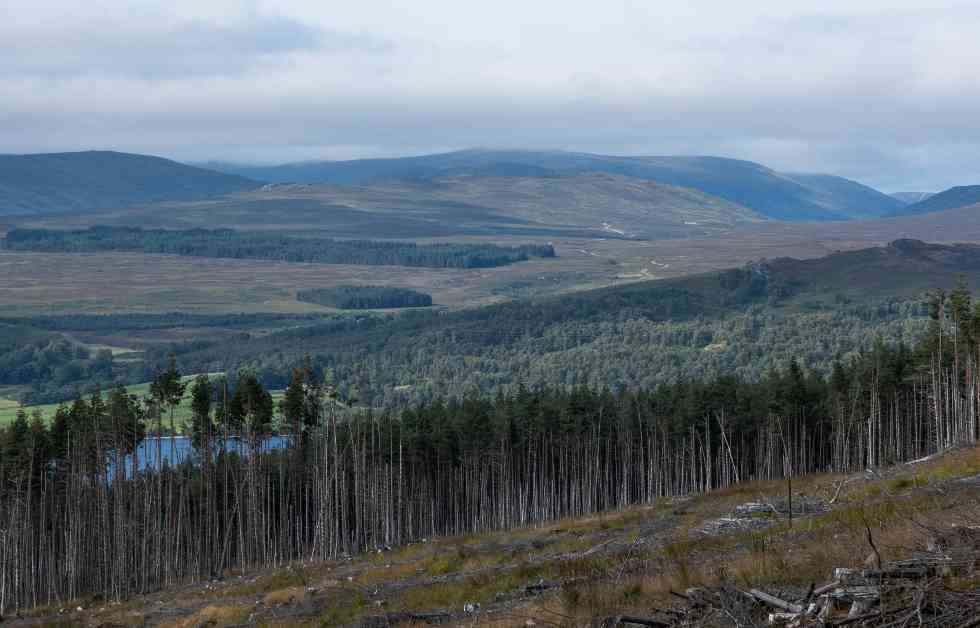Perth and Kinross Council recently faced a setback when their refusal of a phone mast in a designated Wild Land Area (WLA) was overturned in a planning appeal. The mast, planned by Vodafone as part of the Shared Rural Network (SRN) project, is one of 260 intended for uninhabited wilderness areas lacking telecommunications coverage.
Although the council initially rejected the bid citing concerns about the impact on the landscape, the appeal’s success has raised fears among campaigners about the potential proliferation of phone masts in scenic areas. Critics argue that the £500m allocated for the SRN project would be better spent on improving coverage in populated areas rather than installing structures in remote beauty spots.
The UK Government’s approach to the project has been questioned, with a coalition of rural, wildlife, and conservation bodies calling for a review of the roll-out. Concerns have been raised about the impact on fragile wildlife populations, such as the capercaillie, as well as the visual intrusion on pristine landscapes.
The Reporter overseeing the appeal decision noted that policy supports small-scale development in WLAs only when directly linked to a rural business or community. However, the decision to approve the mast near Loch Rannoch has left campaigners puzzled, especially regarding the definition of a community in this context.
Highland Council has echoed these concerns, calling for a pause in the roll-out due to the influx of applications for new masts. They argue that the focus on achieving 95% geographical 4G coverage is leading to unnecessary installations in remote, unpopulated areas. The collaboration between the UK Government and major mobile phone operators has drawn criticism from various community councils and environmental organizations.
The controversy surrounding the phone mast near Abernethy in the Highlands highlights the ongoing conflict between the need for improved connectivity and the protection of natural landscapes. With over 500 objections lodged against the plan, including from RSPB Scotland, the potential risks to wildlife, particularly the capercaillie, have raised significant concerns.
The debate over the impact of phone masts on wild land areas continues to unfold, prompting calls for a reassessment of the SRN project and its implementation. As the push for better connectivity clashes with the preservation of scenic beauty and wildlife habitats, finding a balance between these competing interests remains a challenge for policymakers and stakeholders alike.












